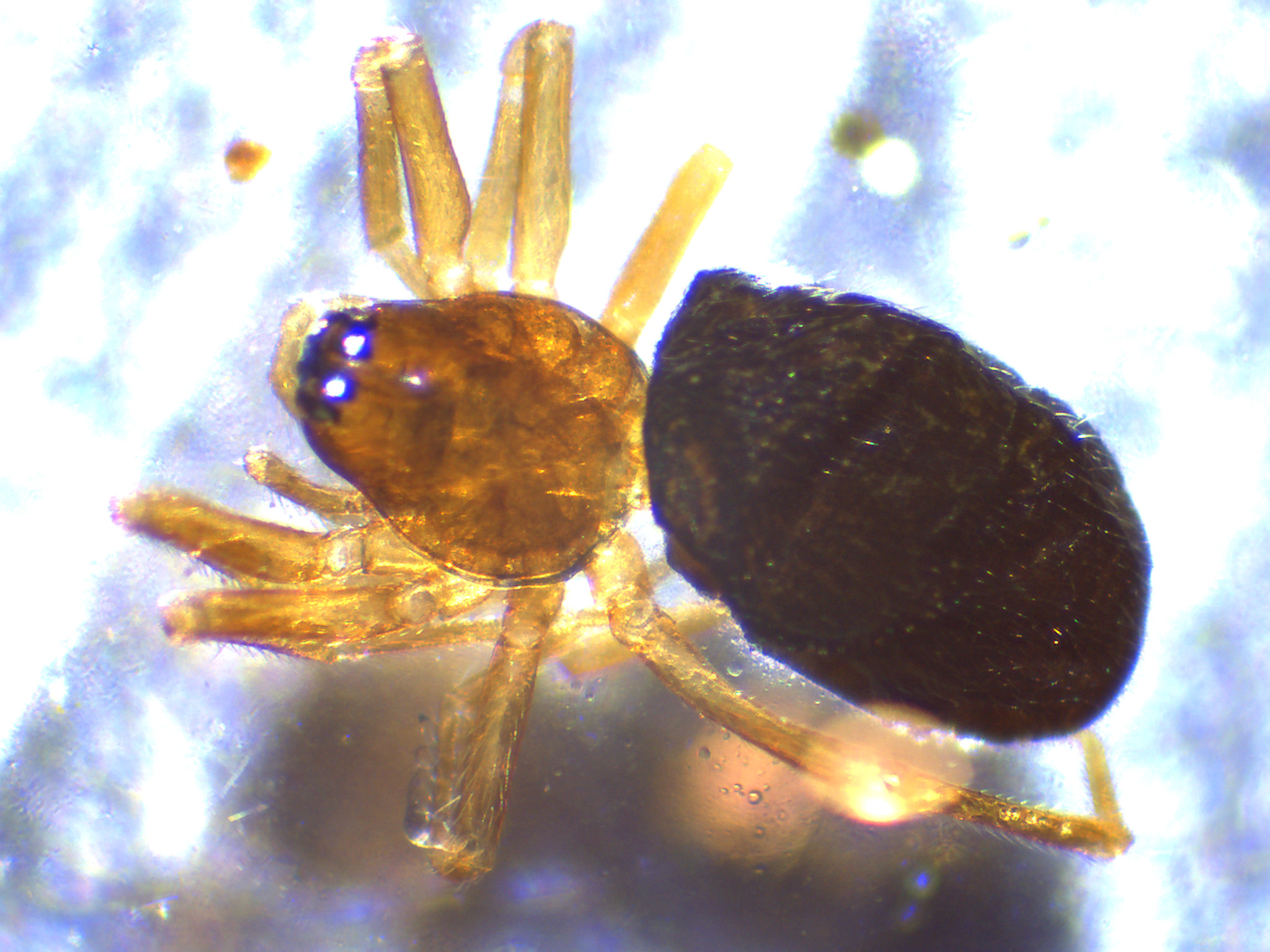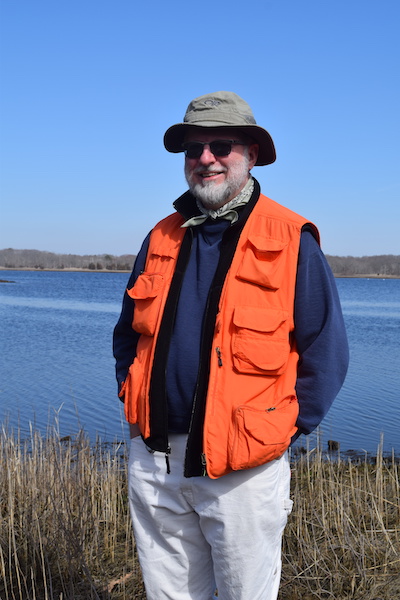By Norman Dudziak, P.E., I.M.

Norman Dudziak photographed this Tusukuru hartlandianus dwarf tree spider during “The Search for Neodietrichia” citizen science project. This is now the iconic photo for this species on iNaturalist.
April is Citizen Science Month! You can join a growing community of “citizen scientists” who help to expand our body of scientific knowledge by crowdsourcing data collection. “Citizen” in this context is shorthand for “Citizen of the World” and does not relate to legal status.
Spring has arrived and you may be itching to get outside — citizen science projects may provide the perfect activity. That is the motivation for Citizen Science Month, which is supported by the National Library of Medicine and led by SciStarter and Arizona State University.
SciStarter.org is a hub where more than 3,000 projects from all over the world have been organized and made searchable. Developed under a grant from the National Science Foundation, SciStarter.org is growing quickly and has more than 150,000 registered citizen scientists and millions of other site visitors.
Projects listed within SciStarter.org cover virtually anything you can imagine. The site’s Project Finder tool lets you look for projects based on many criteria, such as a discipline, from astronomy to zoology. You can search for projects you can work on while you are at the beach, at school, taking a hike, or enjoying your lunch break. Many projects can be done completely online, such as providing classifications of objects in aerial or astronomical photographs. You can choose an age range or search a key word that helps you find a topic of interest to you.

Norm Dudziak is a Barrington Land Conservation Trust volunteer who monitors many of our salt marsh properties.
Some projects involve millions of people, while other more esoteric projects have been joined by only a handful of people — you could become one of them! You may have heard of some of the big ones, like “iNaturalist.org”, which has 3.2 million users. iNaturalist is often used as an aid in other projects. However, you might never encounter the little ones without the SciStarter.org tool. Let’s start by exploring one of the smaller projects, as an example.
The search for tiny spiders
A few years ago, I was working on a Beech Leaf Disease project for Cleveland Metroparks. I wondered if it was listed in SciStarter.org, so I searched on “beech.” That project was not listed, but something called “The Search for Neodietrichia” popped up. That project involved using sticky traps to capture dwarf tree spiders of a particular genus that was known in only two states.
Because of their preferred habitat and small size (only 2 to 3 millimeters), it was thought there could be more species unknown to science in this genus that had gone undetected. The project was designed to gather many more specimens from other states, then send them in for analysis.
I don’t like large spiders, but this project involved dwarf spiders that would probably be dead, so I figured I could handle that! Also, this project seemed really obscure, so my participation could make a significant difference. I had the possibility of finding a new species, maybe even having a say in naming it.
I jumped in, got my collection kit, and placed some traps in my own small patch of woods and in the adjacent Barrington Land Conservation Trust property, with permission. I harvested my first batch of traps in April 2021 and others subsequently. I captured dozens of small spiders in total, but none of the target genus.
A new discovery
However, on my first try, I did capture four females of species Tusukuru hartlandianus. When you get into this realm, creatures don’t have common names, only Latin ones. The project director, arachnologist Dr. Marc Milne of the University of Indianapolis, told me that these were the first spiders of this species known to have been collected in Rhode Island, so this counted as an expansion of known range.
Along with my other finds, I posted my photos of these four specimens on iNaturalist. These just happened to be the first photos of this species posted to iNaturalist, so I was informed that I could choose the iconic photo that people would see when they clicked on that name.
I am not telling you about this project to say how special I am, but to provide an example of how someone who knows nothing about a subject can put in some hours of effort and actually make an incremental contribution to science.
By the way, “The Search for Neodietrichia” is a completed project, which did not find any of the target species. This was not considered a failure. Rather, it showed just how hard it is to collect members of this genus. For me, it means I now have a scientific relationship with an arachnologist who welcomes me to send him specimens for as long as I want.
I urge you to check SciStarter.org and create a free account for yourself. Projects can range from one-time participation to a daily routine observation, with everything in between. All of the work is volunteer, so you only have to do it for as long as you want.
If you have questions or would like to learn more about citizen science, please email Barrington Land Conservation Trust Executive Director Cindy Elder at cindyelder@blct.org.
About the author: Norman Dudziak is a retired environmental engineer and the Science Liaison for the Barrington Land Conservation Trust. Mr. Dudziak has been a member of the Land Trust’s Stewardship Committee for many years and has served on the Land Trust’s Board. In his current role, he communicates directly with scientists who wish to use Land Trust properties for studies or for educational purposes and he encourages people to take part in citizen science. All views expressed in his columns are his own and are not intended to represent the Land Trust.
